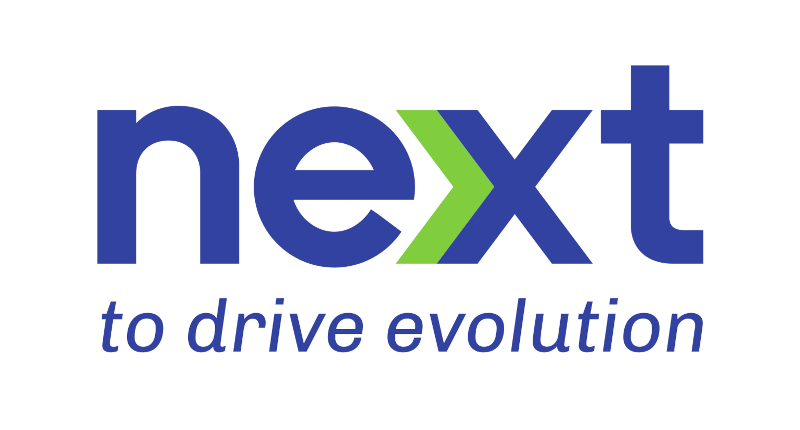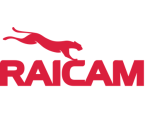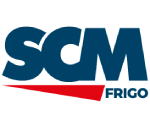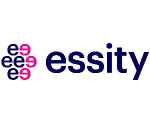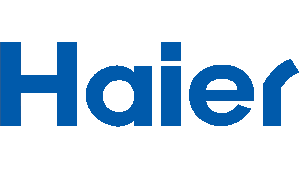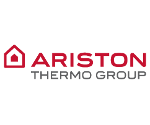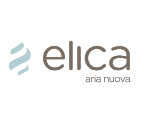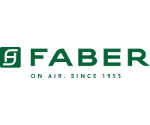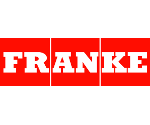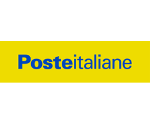Case Study
IMPROVE 4.0 & WORLD CLASS MANUFACTURING
– Case study description
World Class Manufacturing (WCM) is a business philosophy that focuses its orientation exclusively on the customer.
It is based on 2 fundamental approaches:
- Pull logic
- Continuous flow production and short lead times
The objectives are also twofold:
- Improvement of quality
- Elimination of waste
WCM is organized into 10 operational pillars:
- Safety – Workplace safety.
- Cost Deployment – Identifying sources of economic loss.Focus Improvement – Focused improvement of a specific problem.
- Autonomous Maintenance, Workplace Organization – Preventive maintenance and workplace organization.
- Professional Maintenance – Professional maintenance practices.
- Quality Control – Quality control measures.
- Logistics – Logistics management.
- Early Equipment Management, Early Product Management – Strategy for acquiring work equipment/processes.
- Environment – Monitoring energy consumption.
- People Development – Staff skill development.
In this case study, we will look at the software solutions that Next has developed to support the various pillars of WCM.
Advantages
Implementing solutions based on WMC shift the attention to wastes, security and sustainability, too.
Indeed, the goal of WMS is to reach a “zero” in each of the 10 pillars in which it is represented: it means zero wastes in manufacturing activities, zero unnecessary costs, zero unnecessary time, zero errors, zero accidents etc.
The solutions proposed by IMPROVE 4.0, which we are analysing, pursue these aims,with a major focus on Digitalisation and a friendly-user system.
This is the case, for example, of MACHINE LEDGER 4.0 that, from a traditional Excel file, it is transformed into IMPROVE 4.0, a web-based application capable of integrating itself with third parties and other processes.
WCM solutions
Safety: S-EWO Module
Cost deployment: Digital Shopfloor Management
Autonomous Maintenance, Workplace Organization & Professional Maintenance
Quality control
Logistics
Early Equipment Management
Environment
Fill out the form below to request the complete report about the World Class Manufacturing case study.
